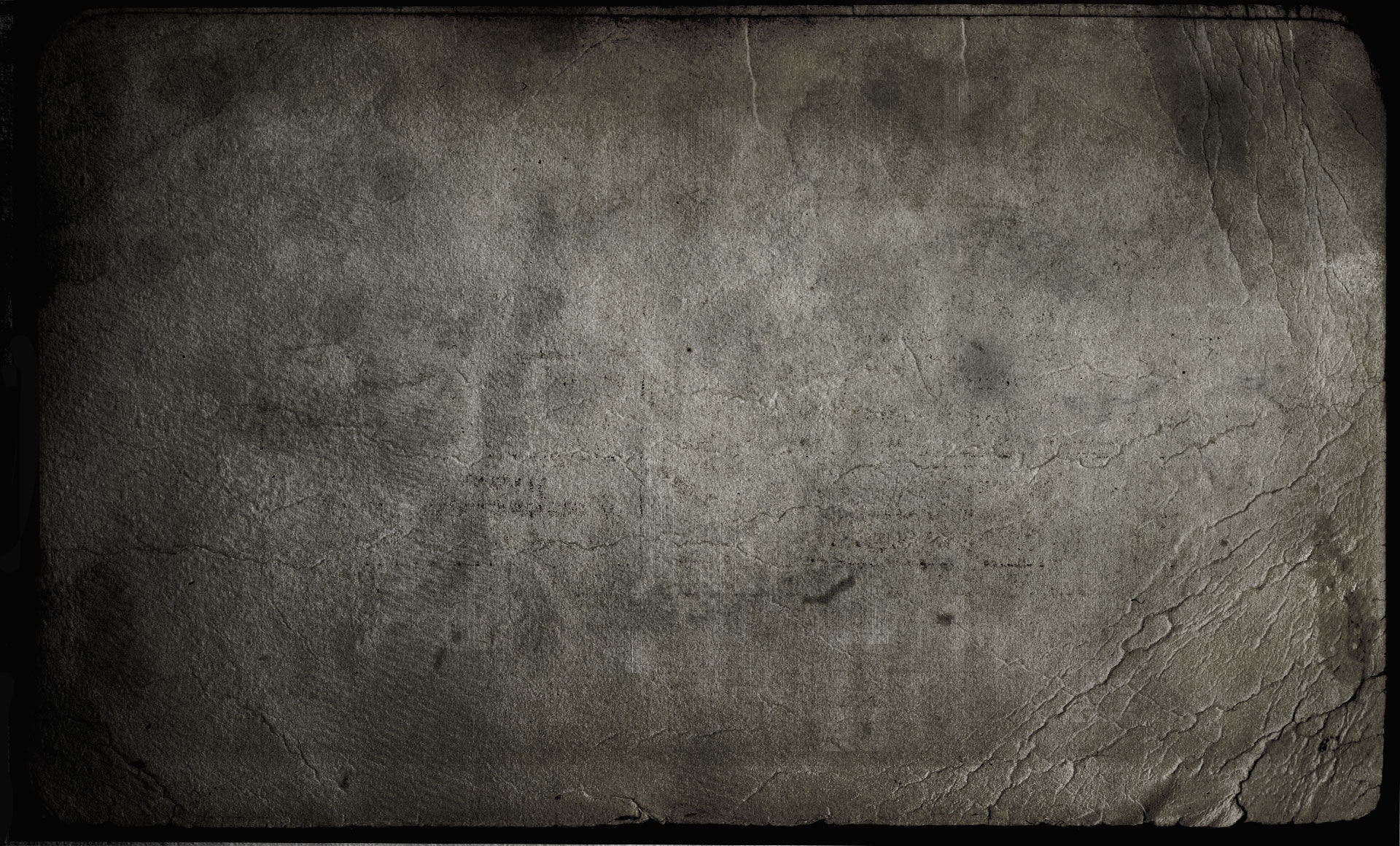
Wiki - Relayers
Relayers are Leveled Weapons or Spellbooks that have had a Relayer Deed applied to them to alter them into items that go into other slots. If the items to be altered are planned properly, they have the potential to be the most powerful gear in the game.
How to Create a Relayer
Purchase a Relayer Deed from the LoS Store which can be reached on the World Omni-Porter (under Trammel - Custom) and double-click it to bring up this gump.
Place the leveled item that will be relayered in the top box. Keep in mind that only Level 200 weapons and spellbooks may be used for this.
Place an expendable item in the bottom slot as it will be destroyed in the process. For example, if you want to create a pair of boots, you may want to craft a pair with no properties. Any clothing, armor, jewelry or talisman will work as the Appearance Sample.
Click Apply when you are sure of your choice.

Choosing the Item to Level
Those who have spent any time leveling weapons are familiar with the agony inherent in the decision of what is worthy of applying those expensive Level Deeds to. The choice of weapon to level to relayer is a completely different process.
Keep in mind that Weapon Hits, Area Hits, Leeches, and Slayers (any ability that requires the weapon to strike in order to proc) will be lost when the item is relayered. This may effect your choice dramatically.
Ultimately, the best choices will be those that are relatively easy to level with some of the desired attributes already on them. A looted weapon with 20 in each Resist, for example, would make an excellent choice for a relayer. Some may also choose to use weapons with attributes that already exceed the levelable maximum such as a Bone Crusher with 10 Bonus Strength.
Choosing the Appearance Sample
As mentioned already, the choice of the Appearance Sample should be expendable because it is destroyed in the Relaying process. This does not mean that unique items may not be used as a sample, however, and the final product of the process will effectively be that item with the stats of the leveled item, so it won't feel as if the item is actually lost except that the original attributes on it will be overwritten with the new ones.
Be sure to choose your sample carefully because, though it is possible to relayer a relayered item into another layer, doing so is extremely expensive. It should also be noted that it is currently possible to relayer a relayered item back into a weapon, but doing so will result in a weapon with broken Weapon Abilities. This will be blocked and prevented on a future update.
Leveling with Relaying In Mind
The most important thing to keep in mind when leveling an item for a relayer is that Weapon Hits will not function in any slot other than that of a weapon. This means that, while Hit Areas and Weapon Hits are desired for Leveled Weapons, they are poor choices to spend points on when leveling with relayering in mind. All other attributes will carry forward and function on the final item.
Keep in mind what item will be replaced from your current build and level-in the attributes that will be lost when that item is removed. Those that don't do this may find themselves losing their perfect resists or other important stats.
Another consideration is that Relayers are immune to Durability damage. The reason for this is that a relayer is technically still the item that it was when it was leveled, just altered to fit into another equipment slot. Because weapons don't take damage unless they are used to strike an enemy, this will never happen. Spending points on Self Repair (or applying a Self Repair Deed) is, therefore, wasted on them.
Otherwise, be aware of total gear caps and take your time to plan your gear.
Special Note on Spellbook Relayers
Spellbooks, once relayered, will continue to act as a book and allow access to the spells within. They will not, however, open the corresponding gump when double-clicked or have spells added by dragging scrolls onto it because these functions are based off of the book graphic. Spells may be added by single-clicking a scroll and choosing to 'add spell to book' and they can be cast by using [cs spellname or by using existing spell icons that were added before or by using a different book. They will also work if cast through a macro.
The easiest way to deal with spellbook relayers is to fill the books before relaying.
